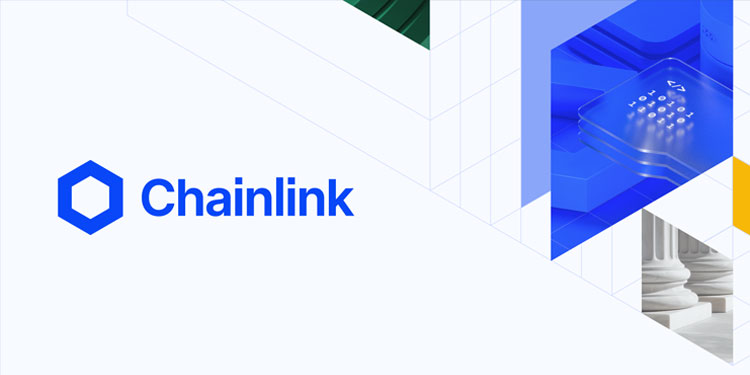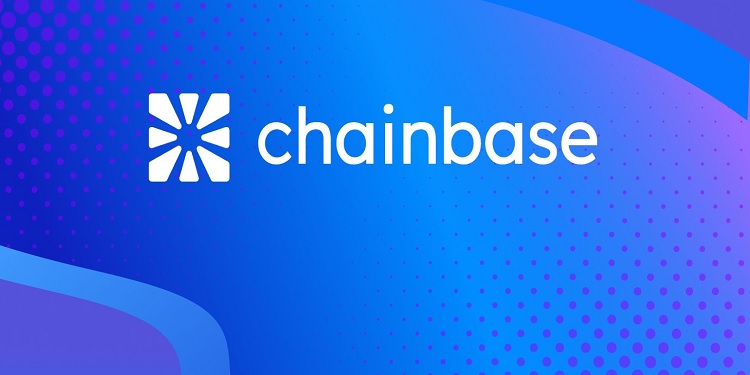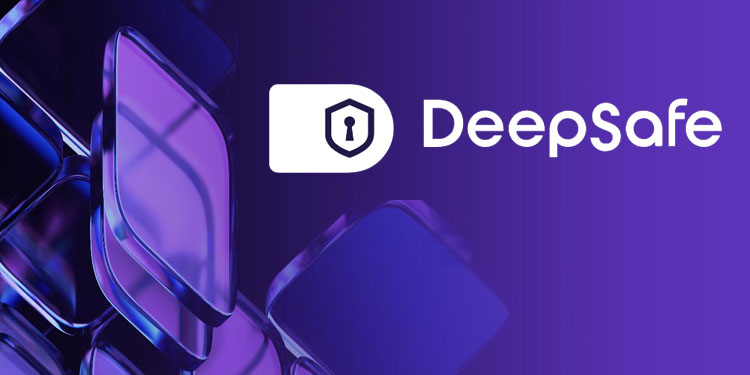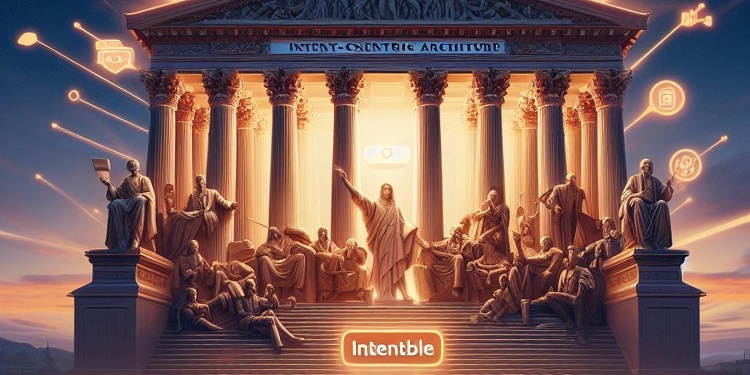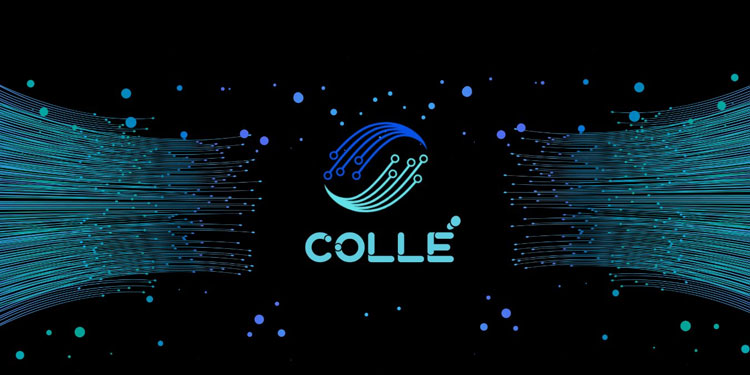In the past decade, the rapid expansion of blockchain technology has led to the emergence of numerous decentralized applications (DApps) and interchain protocols. This growth has provided users with access to a decentralized financial system, enabling them to control their assets without intermediaries. However, blockchain development, particularly in the multi-chain sector, faces significant challenges such as building sophisticated DApps, liquidity fragmentation, and poor user experience. These issues hinder the adoption of Web 3 as they make platforms increasingly difficult to navigate.
This article explores the challenges within the multi-chain sector and how Agoric Orchestration, a new blockchain solution, addresses these issues by leveraging the Inter Protocol to mitigate liquidity fragmentation across the ecosystem.
The Rise of Multi-Chain Platforms
As the DeFi ecosystem evolves, platforms are increasingly adopting multi-chain structures to enhance interoperability. These platforms, while fostering innovation, are often built across different blockchains, creating isolated financial ecosystems or “silos.” This fragmentation results in several problems, including liquidity fragmentation, increased complexity, and additional costs associated with moving assets across various blockchains.
Developers face significant hurdles in creating applications that operate seamlessly across this fragmented landscape. This inefficiency restricts the fluid movement of capital, which is crucial for a thriving financial system.
Agoric Orchestration: Streamlining Multi-Chain DApps
Agoric Orchestration aims to reduce the friction in developing complex multi-chain DApps. The Agoric development team has introduced Orchestration to facilitate the linkage of DApps within a cohesive, interconnected ecosystem. This tool provides the programming capability to create unified user experiences through asynchronous messaging across disparate blockchains and connection protocols. Developers can utilize Agoric Orchestration to build applications that function across multiple blockchains, simplifying cross-chain interactions and enhancing user transactions.
The Agoric team has incorporated several key features to support the efficient development of multi-chain applications. These features include async/await and multi-block execution, timers, a hardened JavaScript framework, and interoperability capabilities.
Agoric smart contracts support async/await functionality and multi-block execution, which streamline the creation of interoperable DApps. This functionality allows developers to implement simple, one-click solutions in DApps across decentralized networks, opening new opportunities for innovative applications.
A timer service within Agoric enables smart contracts to autonomously execute actions at predefined times, facilitating the development of more complex applications. This feature enhances the autonomous capabilities of smart contracts, allowing them to interact and perform tasks across different time frames.
The Agoric framework uses a hardened version of JavaScript, providing developers with secure and robust features for building DApps. This reduces the risk of vulnerabilities in smart contracts and leverages JavaScript’s natural composability to extend orchestration, enabling easier integration of DApps across various blockchains.
Enhancing Liquidity and Reducing Fragmentation
Agoric’s primary advantage lies in its ability to facilitate interconnected communication across blockchains through the Inter-Blockchain Communication protocol (IBC) and bridging solutions like Axelar’s General Message Passing (GMP). This connectivity allows developers to access liquidity via the IBC, addressing the liquidity fragmentation prevalent in the DeFi ecosystem.
To further improve liquidity, Agoric has integrated the Inter Protocol and its native stablecoin, IST, revolutionizing staking within the Cosmos ecosystem. By utilizing Vaults on Inter Protocol, users can convert their staked assets into productive collateral, minting IST against their holdings. This enables users to utilize the stablecoins across the ecosystem without forfeiting their staking rewards. Such an approach mitigates liquidity fragmentation and allows users to leverage their assets for diverse purposes, including lending, liquidity provision, and yield farming.
The introduction of IST addresses the liquidity challenges in DeFi and traditional staking, fostering a more fluid and dynamic environment for stakers. This initiative represents a significant advancement towards an ecosystem where assets are more efficiently utilized, promoting broader participation and smarter asset management.
Future Implications and Adoption
As blockchain technology continues to gain traction, challenges such as interoperability and liquidity fragmentation remain barriers to its widespread adoption. Solutions like Agoric Orchestration and Inter Protocol are crucial in shaping the future of DeFi by addressing these persistent issues. These technologies simplify multi-chain interactions and optimize the use of staked assets, potentially driving expansive growth in blockchain technology.
For these solutions to achieve their full potential, widespread adoption across various industries is essential. This adoption could enhance user experience, provide additional features, and attract new participants to the space, leading to greater liquidity and capital efficiency, which are fundamental to a mature financial ecosystem.
In conclusion, the evolution of blockchain technology, particularly in multi-chain development, presents both opportunities and challenges. The convergence of solutions such as Agoric Orchestration and Inter Protocol marks a significant milestone towards a robust and inclusive blockchain ecosystem. By fostering broader participation and enhancing user experience, these solutions pave the way for blockchain technology to become a global driver of financial innovation and inclusion.



